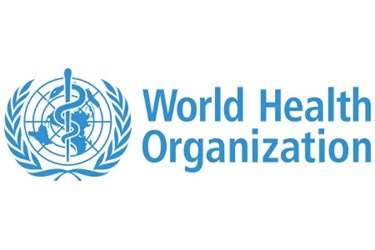WHO Urges Device Makers To Increase Production Of Single-Use "Smart" Syringes
By Jof Enriquez,
Follow me on Twitter @jofenriq

The World Health Organization (WHO) recently launched a new campaign urging countries to switch to the exclusive use of “smart” syringes by 2020, in order to prevent the spread of infection and save millions of lives. The agency called on manufacturers to begin or increase their production of smart syringes in accordance with quality standards.
In a recent press release, WHO said that “millions of people” worldwide could be protected from infection through the use of syringes that cannot be used more than once. It cited a 2014 study that revealed that “up to 1.7 million people were infected with hepatitis B virus, up to 315,000 with hepatitis C virus and as many as 33,800 with HIV” because of unsafe injection practices, including the re-use of contaminated needles and syringes.
Using smart syringes with safety features could drastically reduce the rate of these deadly infections worldwide.
“Adoption of safety-engineered syringes is absolutely critical to protecting people worldwide from becoming infected with HIV, hepatitis and other diseases. This should be an urgent priority for all countries,” said Dr. Gottfried Hirnschall, director of the WHO HIV/AIDS Department.
The new guideline, entitled WHO guideline on the use of safety-engineered syringes for intramuscular, intradermal and subcutaneous injections in health care [PDF], emphasizes the importance of safety features of single-use smart syringes.
Some of the features recommended by the WHO include a weak spot in the plunger that causes it to break if the user attempts to pull back on the plunger after the injection, a metal clip that blocks the plunger so it cannot be moved back, and a retracting mechanism wherein the needle retracts into the syringe barrel or slides into a hood after being injected.
Lisa Hedman in WHO’s Department of Essential Medicines and Health Products told Voice of America (VOA) that while the agency highlighted these features, it is not promoting a particular device model because different devices are needed for different applications.
“There are a number of technologies out there and the reason for that is in fact that there really is not a one-size fits all solution, but it is really a broad category of saying let us bring safety to all of the devices that are out there to make sure that they cannot be reused and that they are fit for the purpose that they were intended,” Hedman told VOA.
The WHO press release stated that smart syringes could greatly minimize needle stick injuries among healthcare workers. In addition, continuous training on the use and safe disposal of syringes would make injection safety programs more successful.
Because demand for smart syringes would likely increase through 2020, WHO called on manufacturers to ramp up production of these newer syringes that meet the organization’s standards for performance, quality, and safety.
Smart syringes cost twice as much as conventional syringes with no safety features. However, WHO said that switching to newer syringes could prove more cost-effective in the long-run. Moreover, rising demand in the coming years would likely make them cheaper to purchase.
